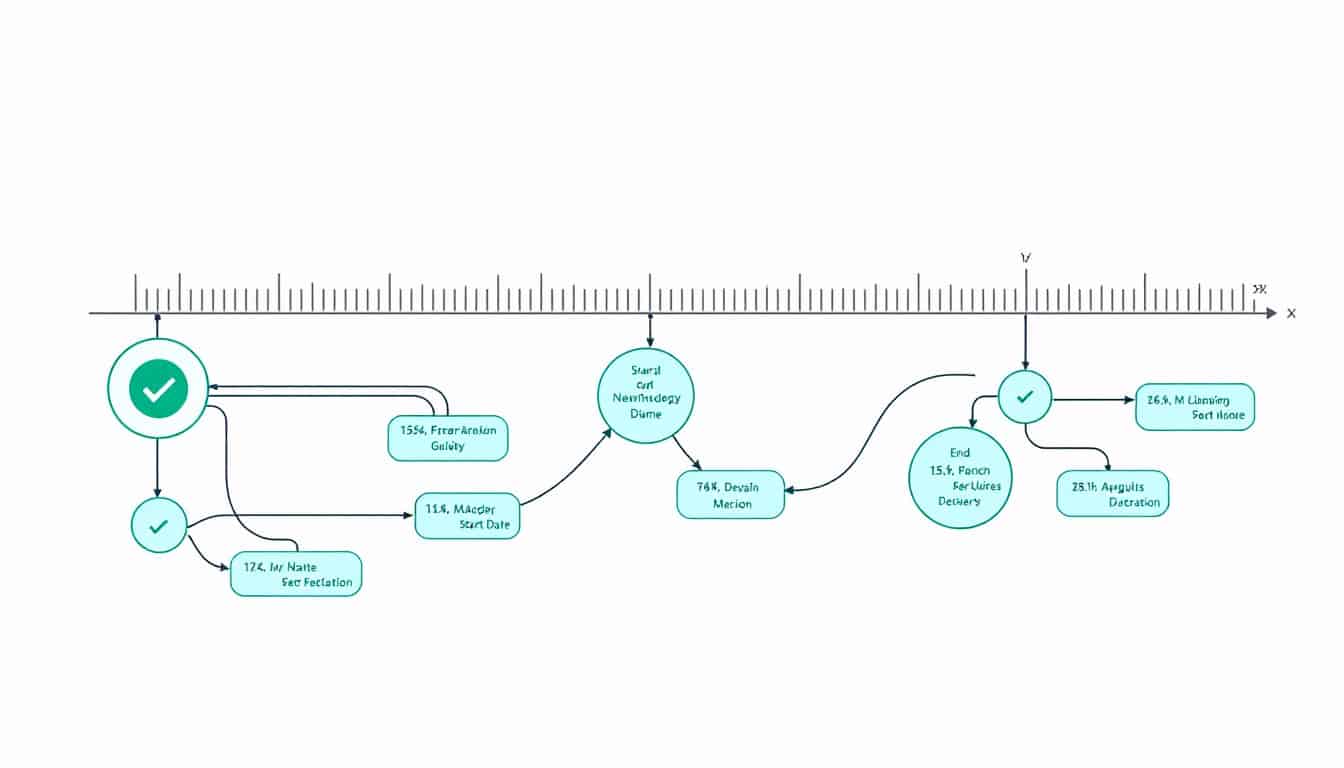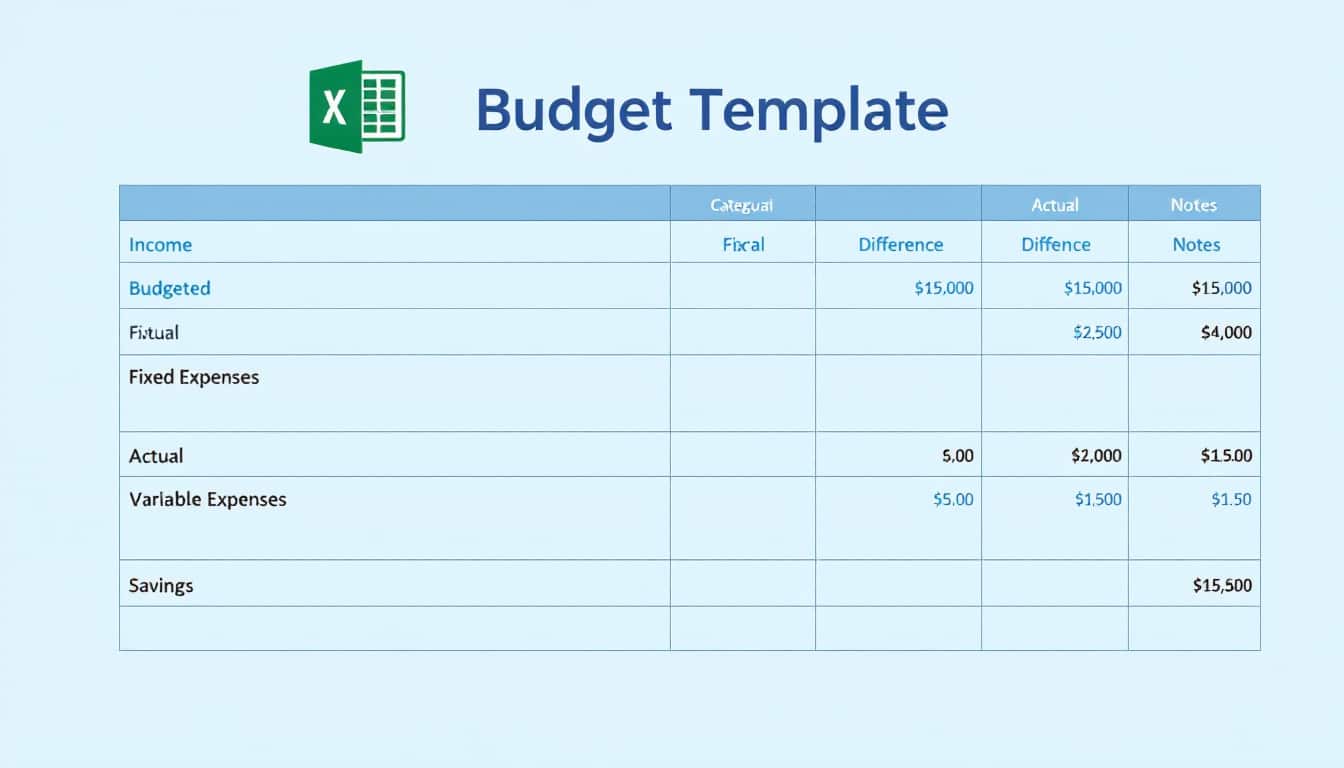Creating a solid research plan is the key to the success of any project. A good plan provides a clear structure and guides each step of the research. It allows for the definition of precise objectives and an effective methodology.
Developing an effective research plan starts with defining the problematic and the objectives of your study. Each step must be carefully planned, from formulating research questions to selecting appropriate methods. A clear methodology ensures that your approach is rigorous and tailored to your specific needs. By incorporating techniques such as benchmarking and SWOT analysis, you can enrich your project and anticipate potential challenges. A good plan also includes a detailed retroplanning, ensuring optimal time management throughout your investigation. Finally, defining success criteria allows you to measure the effectiveness of your research and adjust your strategies accordingly.
🔥 Nous recommandons Ideamap
Ideamap est l’outil idéal pour un brainstorming ou un projet collaboratif. Grâce son interface facile et à ses fonctions IA, Ideamap booste votre créativité tout en favorisant une meilleure organisation de vos idées pour atteindre vos objectifs.
Developing a research plan is a crucial step in ensuring the success of your project. Whether you are a student, entrepreneur, or researcher, a well-structured plan guides you throughout your process, helps you define your objectives, and determine the appropriate methodology. In this article, I will guide you step by step to create an effective research plan that meets your needs.
What are the objectives and key questions of your research?
The first step in developing a research plan is to clearly define your objectives and the questions you wish to address. This serves as the foundation for the entire project and guides future actions. Start by asking yourself what you want to achieve: do you want to explore a new idea, solve a specific problem, or validate a hypothesis? Once your objectives are established, formulate specific questions that guide your investigation.
For example, if you are working on a scientific research project, your questions may aim to understand a particular phenomenon or test a theory. It is essential that these questions are clear, precise, and feasible within the scope of your project. This will help you avoid scattering your focus and allow you to stay concentrated on what truly matters.
By defining your objectives and questions from the outset, you create a roadmap that will facilitate the progression of your research. This step is also crucial for determining the methodology to adopt and structuring your plan coherently.
How to define a methodology suitable for your research?
The methodology is the core of your research plan. It describes the methods you will use to collect and analyze the necessary data for your study. The choice of methodology depends on several factors, including the nature of your project, your objectives, and the resources available.
Start by determining whether your research will be qualitative, quantitative, or mixed. A qualitative approach may involve in-depth interviews or case studies, while a quantitative approach might require surveys or statistical analyses. Sometimes, a combination of both approaches is the most relevant to obtain a complete overview.
It is also important to plan the specific steps of your research. For example, if you are developing a video game, you may need to include phases for design, prototyping, and user testing. You can find free tools and templates to structure your project by visiting this link.
Furthermore, a well-defined methodology includes a detailed retroplanning, allowing you to manage your time effectively and meet deadlines. To maximize your potential through optimized time management, explore the resources available on maximizar-su-potencial-a-traves-de-la-gestion-del-tiempo.
How to structure your research plan effectively?
A well-structured research plan facilitates understanding and implementation of your project. It should include several key sections that address different aspects of your research. Here’s a recommended structure:
- Introduction: Present the context and importance of your research.
- Problematic: Describe the problem you wish to solve.
- Objectives: List your main and secondary objectives.
- Research Questions: Formulate the specific questions you will explore.
- Methodology: Detail the methods you will use to collect and analyze the data.
- Action Plan: Develop a schedule with the different stages of your project.
- Expected Results: Specify what you hope to achieve by the end of your research.
- Bibliography: List the sources you will consult.
Each of these sections should be developed clearly and precisely. For example, in the methodology section, you can explain why you chose a qualitative approach rather than a quantitative one, referring to the specific challenges of your project.
For better organization, feel free to use suitable project management tools. You can compare the various tools available on benchmarking-pour-petites-entreprises-par-ou-commencer to choose the one that best meets your needs.
What are the key steps to conduct effective preliminary research?
Preliminary research is an essential step that lays the groundwork for your project. It involves exploring existing work, understanding current trends, and identifying gaps in the literature. This phase helps refine your research questions and define a clear direction for your project.
Start by conducting a literature review by consulting academic articles, books, reports, and reliable online sources. Use specialized databases and academic search engines to find relevant information. Take detailed notes and organize your sources to facilitate the future writing of your project.
Additionally, it is useful to conduct interviews with experts or practitioners in your field. These exchanges can provide valuable insights and help you identify innovative approaches. Be sure to explore the national strategies for artificial intelligence, for instance, if your project is related, for inspiration from current best practices.
A thorough preliminary research will also allow you to better understand the tools and resources available. For example, if you need to download project templates, visit free project templates to download to save time and effectively structure your plan.
How to establish a realistic retroplanning for your research project?
A well-designed retroplanning is essential for managing time and resources optimally. It allows you to visualize the different stages of your project and ensure that each task is completed within the allocated time. To establish an effective retroplanning, start by defining the major steps of your research, then break them down into smaller, manageable tasks.
For example, if you need to write a research protocol, plan specific times for data collection, analysis, writing, and revision. Use project management tools, like those mentioned on benchmarking-fur-kleine-unternehmen-wo-fangt-man-an, to track the progress of each task and adjust your schedule as needed.
An effective retroplanning also includes buffers for unforeseen events. Allow extra time to manage potential delays or unexpected obstacles. This will help you remain calm and stay on track even when challenges arise.
Finally, make sure to regularly review your retroplanning. Periodic assessment allows you to check if you are meeting deadlines and to readjust your priorities if necessary. A good retroplanning is flexible and adapts to the evolutions of your project.
What results do you expect and how to evaluate them?
Defining the expected results of your research is a crucial step that allows you to measure the success of your project. These results should align with your initial objectives and answer the research questions you have posed. They can be qualitative, like a better understanding of a phenomenon, or quantitative, like statistical data demonstrating a hypothesis.
To evaluate your results, establish clear success criteria from the beginning of your project. These criteria may include the accuracy of the data, the relevance of the analyses, or the impact of your conclusions on your field of study. For example, if you are developing a video game, your expected results might include user engagement levels or the graphical quality of the final product.
The evaluation of results can also be done through tests, surveys, or statistical analyses. Use appropriate tools to analyze your data and interpret your results objectively. This will allow you to draw solid conclusions and make recommendations based on concrete evidence.
To help you structure your ideas and visualize your results, creating a vision board can be an effective method. This technique, detailed on create your vision board for success, allows you to graphically represent your goals and expectations, thereby facilitating their achievement.
Why is it important to structure your bibliography from the beginning?
A well-organized bibliography is essential for any serious research. It not only provides credit to the sources used but also demonstrates the depth of your study. From the outset of your project, start compiling your sources and organizing them systematically.
Use bibliographic management tools like Zotero or EndNote to manage your references effectively. These tools help you store your sources, classify them by theme, and generate citations automatically, saving you valuable time during writing.
Ensure to diversify your sources by including academic articles, books, reports, and reliable online resources. By exploring platforms like understanding-open-innovation-definition-and-challenges, you can enrich your bibliography with recent and relevant studies.
A well-structured bibliography enhances the credibility of your research and shows that you have conducted a thorough study. It also facilitates information verification and allows other researchers to follow your approach coherently.
How to adapt your research plan to your target audience?
Adapting your research plan to your target audience is essential to ensure that your project meets the expectations and needs of those who will benefit from it. Understanding who your audience is allows you to choose relevant topics, adjust your language, and optimally structure your presentation.
Start by identifying the characteristics of your target audience: whether they are professionals, students, investors, or the general public, each group has its own expectations and needs. For example, a research plan aimed at investors will emphasize return on investment and market prospects, while a plan directed at academics will focus on methodological rigor and scientific contribution.
Adjust the level of detail and tone of your writing based on your audience. A more accessible and engaging style is often preferable for a non-specialized audience, while technical language may be necessary for experts in the field.
In addition, present your results in a way that addresses the specific concerns and interests of your audience. For example, if your project concerns open innovation, explain how this approach offers concrete added value, as detailed in understanding-open-innovation-definition-and-challenges.
Finally, don’t hesitate to solicit feedback from your target audience throughout your project. This feedback will allow you to adjust your research plan in real-time and ensure that your work remains relevant and aligned with expectations.
What tools and resources can help you structure your research plan?
To develop an effective research plan, it is essential to rely on suitable tools and resources. These tools can help you organize your ideas, manage your time, and structure your work optimally.
Among the available resources, free project templates for Excel and Word are particularly useful. They provide a pre-established structure that you can customize according to your needs, thus facilitating the writing of your research plan. You can download these templates from free project templates to download.
In addition, benchmarking tools are essential for evaluating the performance of your project compared to other similar initiatives. Discover how to get started with benchmarking for small businesses on benchmarking-for-small-businesses-where-to-start.
Time management is also crucial to maintain the progress of your project. Resources like maximizing-your-potential-through-time-management offer practical tips for optimizing your schedule and ensuring efficient task management.
Finally, open innovation can be a valuable resource for your research. Understanding its definitions and challenges can help you integrate innovative practices into your project. To learn more, check understanding-open-innovation-definition-and-challenges.
By using these tools and resources, you can structure your research plan methodically and effectively, thereby increasing your chances of success.
How to ensure flexibility and adaptability in your research plan?
A research plan must be both rigorous and flexible to adapt to unforeseen events and new information that may arise during your project. Flexibility is essential to respond to changes and to incorporate necessary adjustments without compromising initial objectives.
To ensure this adaptability, start by establishing clear but broad objectives that allow for adjustments. For example, if you discover new data or unexpected perspectives, your plan should be able to incorporate these elements without requiring a complete overhaul.
Include regular review points in your retroplanning. These moments of reflection allow you to assess the progress of your project, identify potential obstacles, and readjust your strategies accordingly. This proactive approach helps you stay on track while remaining open to necessary modifications.
Another way to ensure the flexibility of your plan is to diversify your sources of data and research methods. By using a combination of qualitative and quantitative approaches, you can adapt your data collection based on the results obtained and feedback received during the project.
Finally, stay informed about the latest trends and new methodologies in your research field. Constant innovation can offer new opportunities to improve your project. For example, adopting open innovation can provide innovative perspectives and strengthen the relevance of your research, as explored on understanding-open-innovation-definition-and-challenges.
By integrating these strategies, your research plan will remain dynamic and able to adapt to the evolutions of your project, thereby ensuring its relevance and effectiveness throughout its course.














